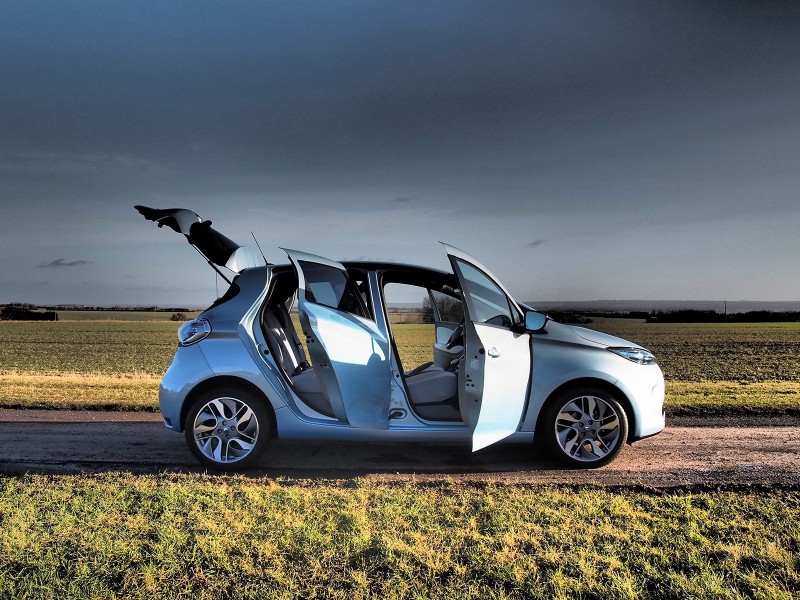The Renault ZOE’s range has been extended to a best-in-class 149 miles (240 kilometres) courtesy of a new lighter and more compact ‘R240’ electric motor and an optimised electronic management system.
The R240 is an all-Renault motor, designed by Renault engineers at the Technocentre R&D facility outside Paris and at the Cléon plant where the motor is made – close to Flins, where the ZOE is produced. ZOE now enjoys 19 miles (30 kilometres) of extra range providing the car with a best-in-class vehicle range in the official New European Driving Cycle (NEDC).
The new motor features a new version of the Chameleon™ charging system which allows faster charging at home (3kW and 11kW). For each minute the battery is charged, users get an extra kilometre of range (charging times have been cut by 10 per cent for a normal charge). ZOE can still be charged at 22kW at fast charging points.
Improved range and faster charging times
– ZOE’s new R240 motor boasts improved performance (and consumes less energy), while offering a longer driving range and faster charging times.
– Boasting an innovative design and architecture, the new motor builds on Renault’s vast expertise in electric vehicles; 95 patents have been filed to date.
– Two areas of focus: improved electronic management to cut electric energy consumption on the move and a new charging system to reduce charging times at low power levels.
– Renault is fully committed to our electric vehicle strategy and determined to develop our expertise as an electric motor supplier.
A smaller, more efficient motor
When designing the new motor, Renault focused on integrating components which have helped to cut the motor’s size by 10 per cent without sacrificing performance. This opens up new opportunities for the motor to be fitted to smaller cars.
The R240 is a synchronous electric motor with rotor coil, with a power output of 65kW and torque of 220Nm. It also features a built-in Chameleon™ charger.
The designers’ brief revolved around integration, downsizing and simplification:
– Integration: modules are no longer stacked, having been replaced by fully integrated modules.
– Downsizing: smaller modules have been designed and assembled to meet precise requirements (gaps reduced between modules, external power cables removed).
– Simplification: an air cooling system is now used for the assembly (ducts between modules have been removed). Only the Power Electronic Controller is still water-cooled for its specific requirements.
‘Three in one’: the junction box, the power electronics unit and the Chameleon charger are now in a single unit called the Power Electronic Controller. The unit is 25 per cent smaller as a result.
Renault is committed to taking electric vehicle technology forward
Renault’s strategy involves enhancing the technology of electric vehicle (EV) motors and batteries in a bid to optimise the performance and range of EVs and support the development of infrastructure.
Courtesy of an all-new design and improved performance, ZOE’s new motor/battery unit boasts a range which has been extended by 19 miles (30 kilometres) to 149 miles (240 kilometres). Renault is continuing its research into improving electric motor technology. That’s the underlying goal of our involvement in the FIA Formula E Championship as both a technical partner to the series and the title sponsor of the e.dams-Renault team. By testing EV technology under extreme race conditions, this promising championship will help to speed up the progress of EV development in terms of both performance and range.
There are currently more than 50,000 public charging stations in Europe, 40% of which are fast charging points. This number will continue to grow in the years ahead and electric vehicles will become increasingly easy to use.
Renault EV sales in the UK were up by 90 per cent in 2014 compared to the previous year.
Source; Renault

